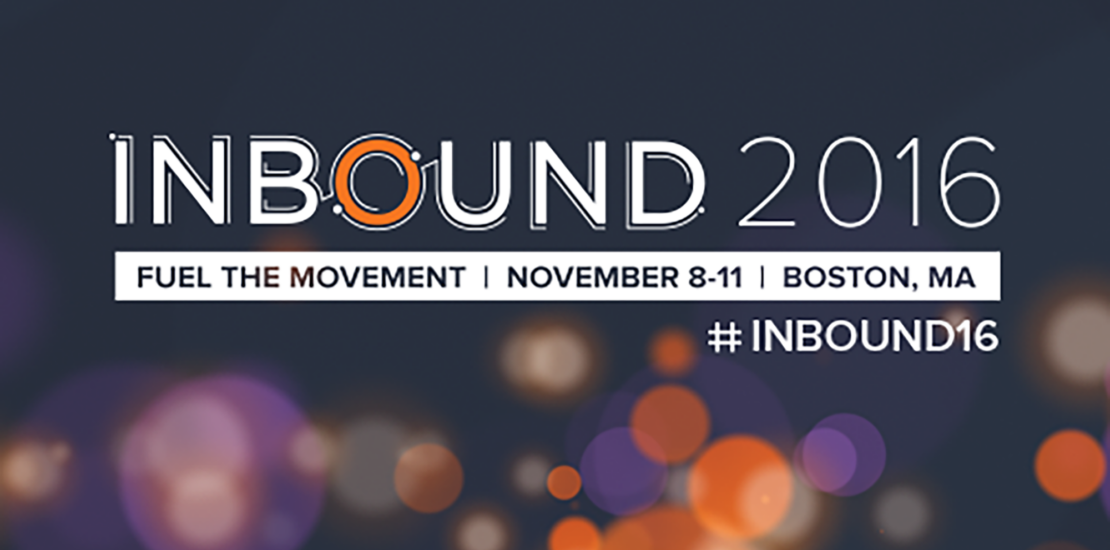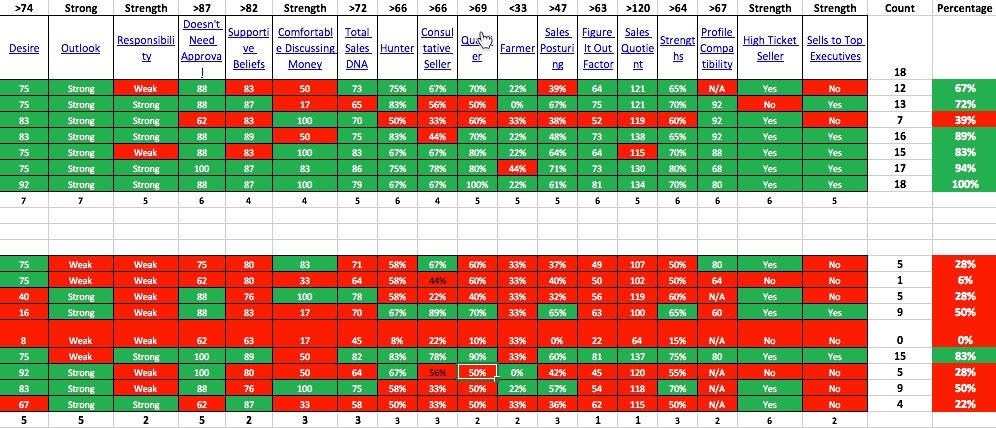inbound
-
Has Buying Changed and Has B2B Selling Adapted?
- January 5, 2022
- Posted by: Dave Kurlan
- Category: Understanding the Sales Force

Today’s buyers are self-educated and salespeople mistake that knowledge for readiness. Salespeople tend to take the path of least resistance and the knowledge they mistake for readiness lulls them into the quote, proposal and order taking mode. As a result, they don’t follow their company’s sales process or worse, the company’s sales process has been modified to reflect buyers being ready. If the buyers were truly ready at this point they would actually buy but the additional options prolong instead of shorten the sales process.
-
The 14 Lies Preventing Salespeople From Getting Their Prospects into a Buying State of Mind
- May 17, 2019
- Posted by: Dave Kurlan
- Category: Understanding the Sales Force

Let’s cover some of the lies being told to companies with sales organizations and how those lies prevent sales organizations from being their best. Over the past 10-20 years, we have seen and heard the following proclamations (and you can find most of them with this Google search link:
-
Have the Promises of Inbound Sales Come to Fruition?
- November 14, 2016
- Posted by: Dave Kurlan
- Category: Understanding the Sales Force

Last week, I spoke at Inbound, where 19,000 people attended this sold-out event in Boston. Ironically, I spoke to a crowd that wanted to learn how to be more effective at engaging prospects by phone and converting those conversations to meetings. Why is it ironic? Well, the promise of the Inbound movement is that cold calling is dead. Salespeople will reap the benefits of inbound leads from prospects who had already expressed interest. Has that happened?
-
The Science of Sales Selection vs. the Marketing of Modern Selling
- August 14, 2015
- Posted by: Dave Kurlan
- Category: Understanding the Sales Force

I started with more than 100 sales-specific findings and narrowed them down to the 18 findings and scores that clearly differentiated their tops from their bottoms. A mistake made by behavioral scientists and sellers of personality and behavioral styles assessments is that they only look at top performers and identify common traits. They fail to realize that the bottom performers have the same personality traits and behavioral styles as the top performers and none of those traits or styles are predictive of sales performance.
-
Has the Death of Selling Finally Arrived?
- September 23, 2013
- Posted by: Dave Kurlan
- Category: Understanding the Sales Force
eople in inbound marketing would have you believe that if you create the right content, get people to raise their hands, complete a form, and request something, then inbound marketers, formerly known as inside salespeople, can take it from there. If you are selling something in great demand (iPhone 5), really inexpensive (monthly subscription of $20 or less), significantly lower-priced than your competition (by 20% or more), or that people must have (wireless service), then you can easily replace salespeople with marketers.
However, there are 15 scenarios where you do need salespeople if you are selling something that:
-
Can You Improve a Kick-Ass Sales Force?
- September 11, 2013
- Posted by: Dave Kurlan
- Category: Understanding the Sales Force
If you are reading this, and your company matches up with any one of my criteria for underdogs, then you couldn’t possibly get away with what Hubspot can get away with. You must have strong hunters who are adept at overcoming resistance, can differentiate by selling consultatively, and ask the kinds of questions that develop respect, allowing prospects to open their mind to the possibility that you can help.

